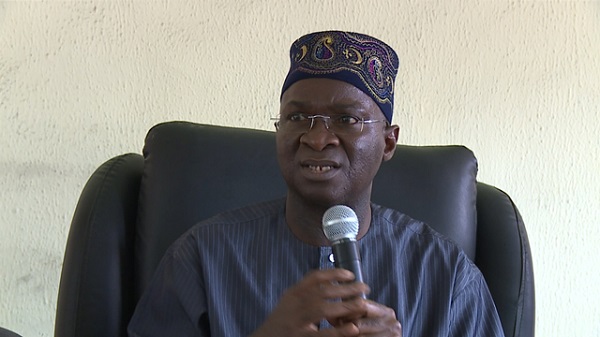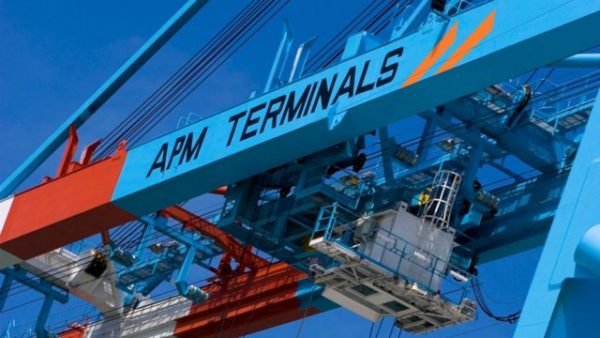
A total of 16 hydro, gas and steam power stations recorded various degrees of reduction in the quantum of electricity they produced within a period of 24 hours.
According to the latest industry data obtained from the Transmission Company of Nigeria in Abuja on Thursday, power generation in the affected stations dropped by 248 megawatts between August 29 and August 30, 2017.
Findings showed that electricity production reduced in three hydro, two steam and 11 gas power stations located in different parts of the country.
The total quantum of electricity lost by the 16 power stations during the review period was put at 248MW as the country generated 3,411MW electricity on August 30, 2017, down from the 3,659MW that was recorded the preceding day.
The decrease recorded across the stations took place despite the recent statement by the Minister of Power, Works and Housing, Babatunde Fashola, that power generation and transmission in the country had improved.
The affected hydro power stations include Kainji, Jebba and Shiroro as they lost three megawatts, 23MW and 84MW of electricity respectively, during the period under review.
The two steam stations are Sapele I and Egbin ST6. They lost 2MW and 7MW of electricity, respectively.
The 11 gas-fired power stations lost the highest cumulative quantum of electricity during the period under review. The report showed that Delta lost 33MW; Omotosho I, 3MW; Olorunsogo I, 12MW; Geregu NIPP, 2MW; Sapele NIPP, 2MW; Alaoji NIPP, 42MW; and Omotosho NIPP, 31MW.
Others are: Ihovbor NIPP, 1MW; Okpai 11MW; Omoku, 9MW; and Trans Amadi, 21MW.
Fashola had told participants at the 18th monthly power sector meeting in August 2017 that electricity generation improved beyond what was recorded in 2016.
“As of August 10, 2017, 6,803MW was recorded as the current available generating capability, with a wheeling capacity of 6,700MW by the TCN, currently constrained by Discos’ (distribution companies) inability to take load,” he had said.
He further told stakeholders at the gathering that the development was in line with incremental power policy, adding that the TCN had to improve its wheeling capacity from 5,000MW to 6,700MW.”
Meanwhile, additional information from the TCN’s data on Thursday showed that the reported gas constraint was 643MW, while frequency management constraint that was due to loss of Discos feeders was put at 2,255MW.
“The power sector lost an estimated N1,391,000,000 on August 30, 2017 due to constraints,” the transmission company said.






